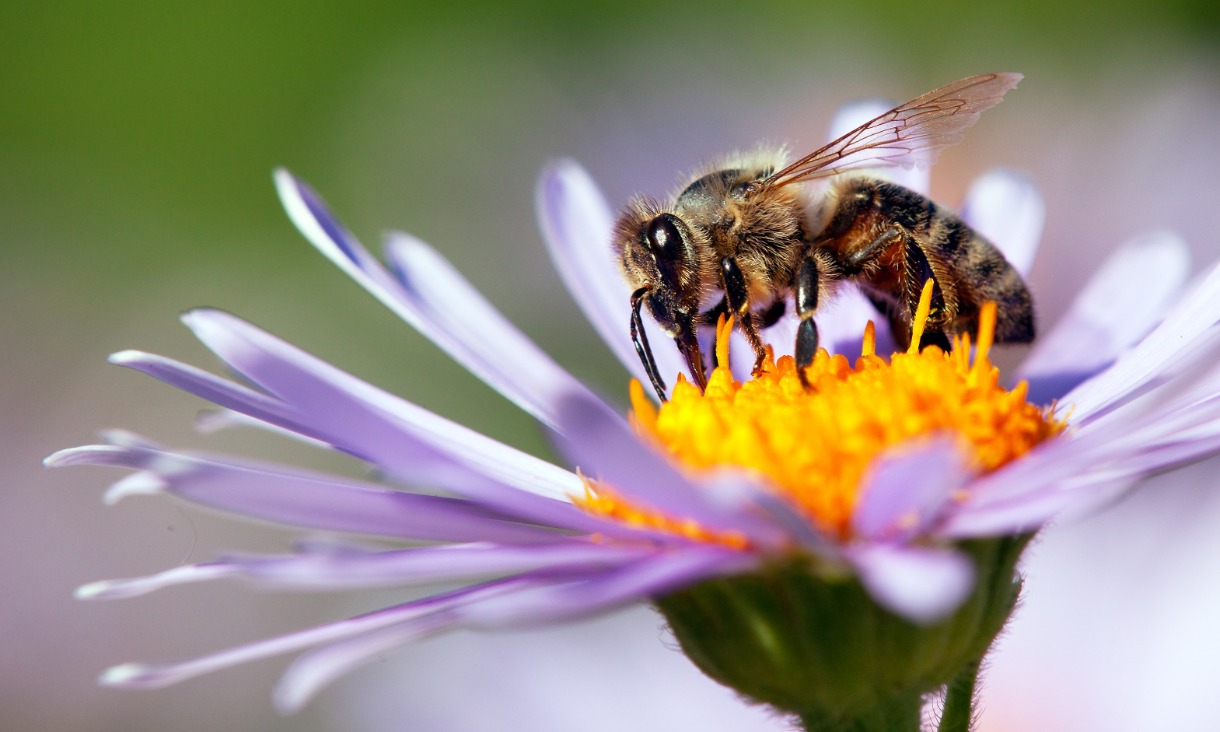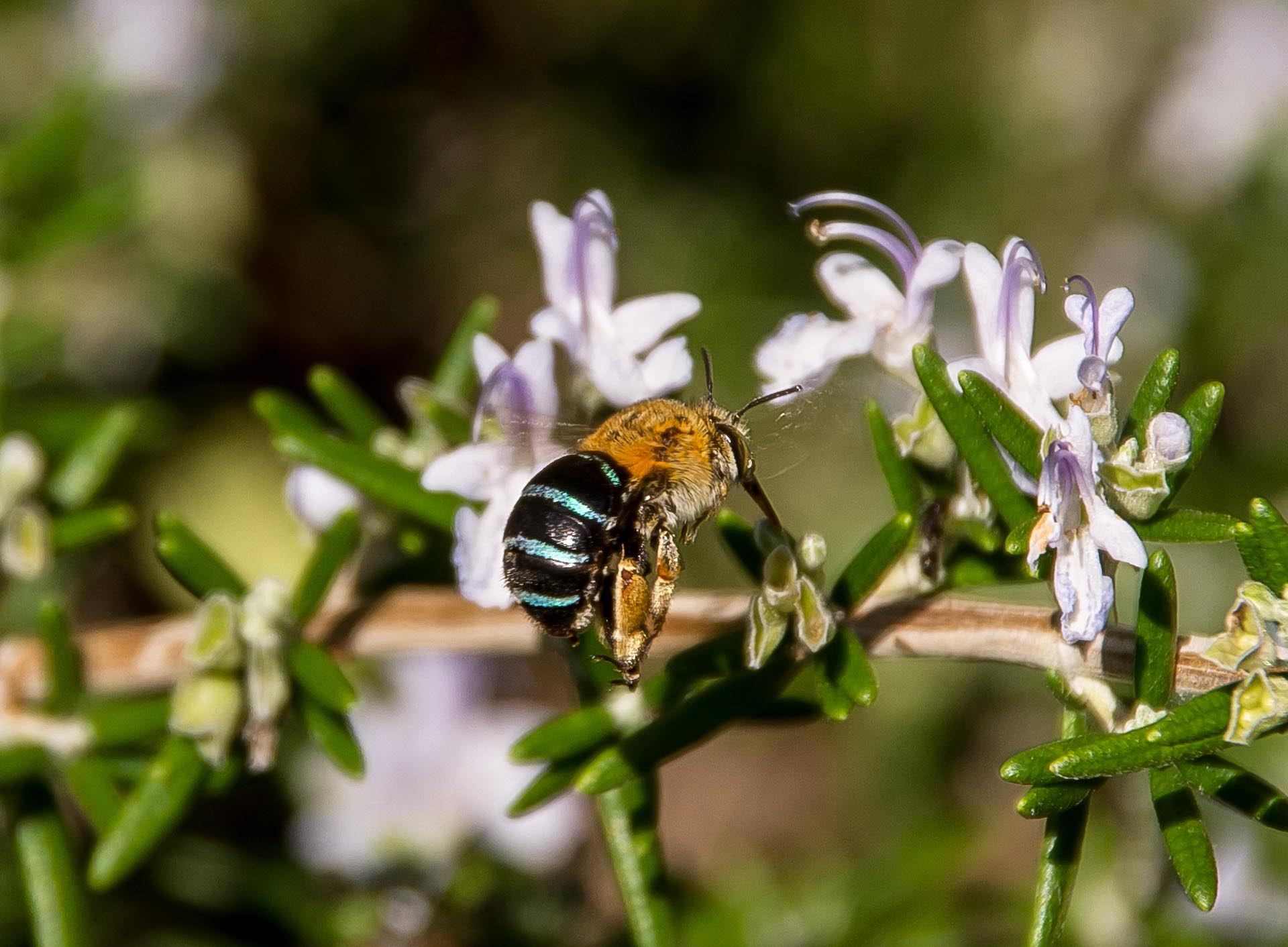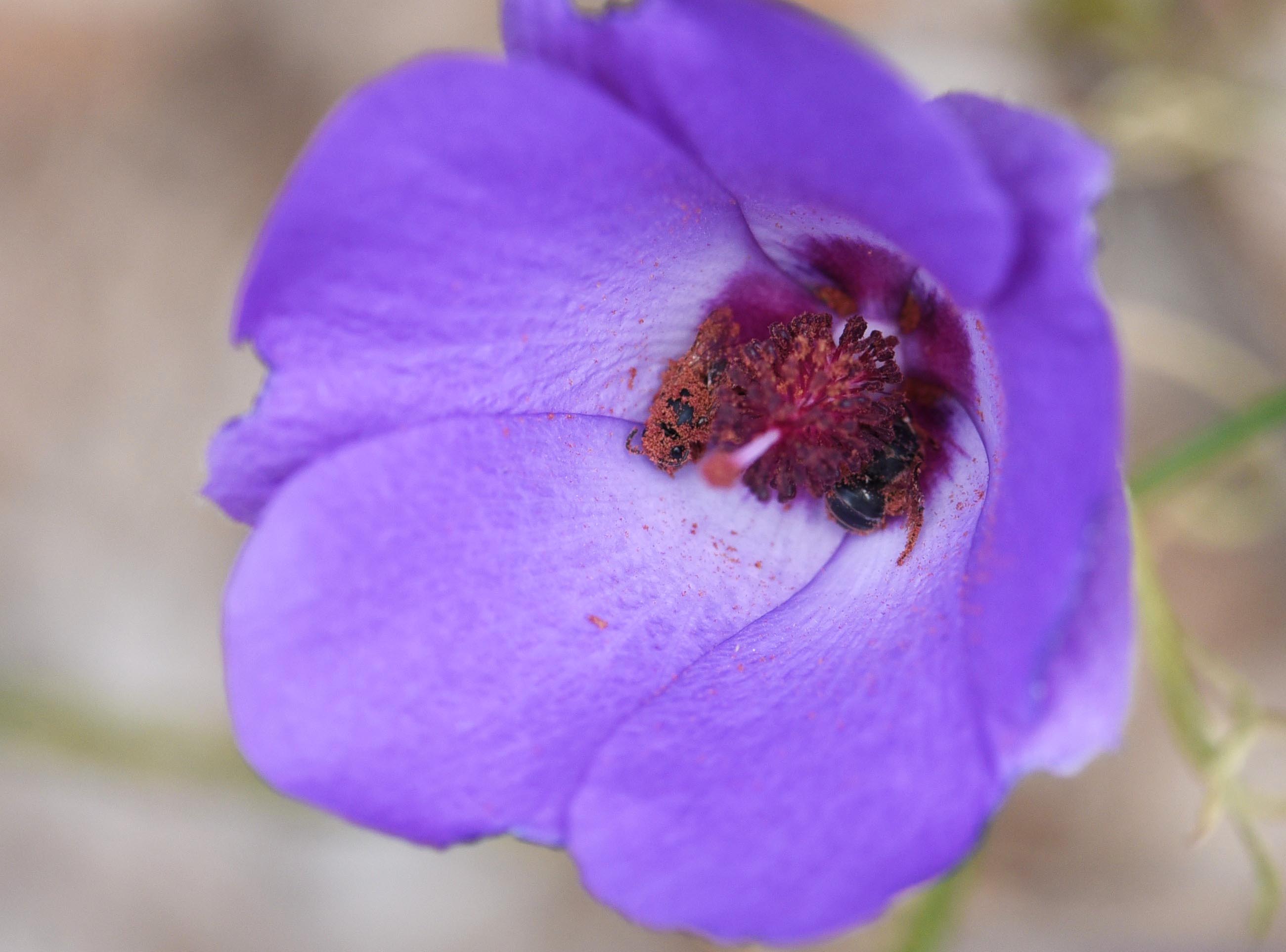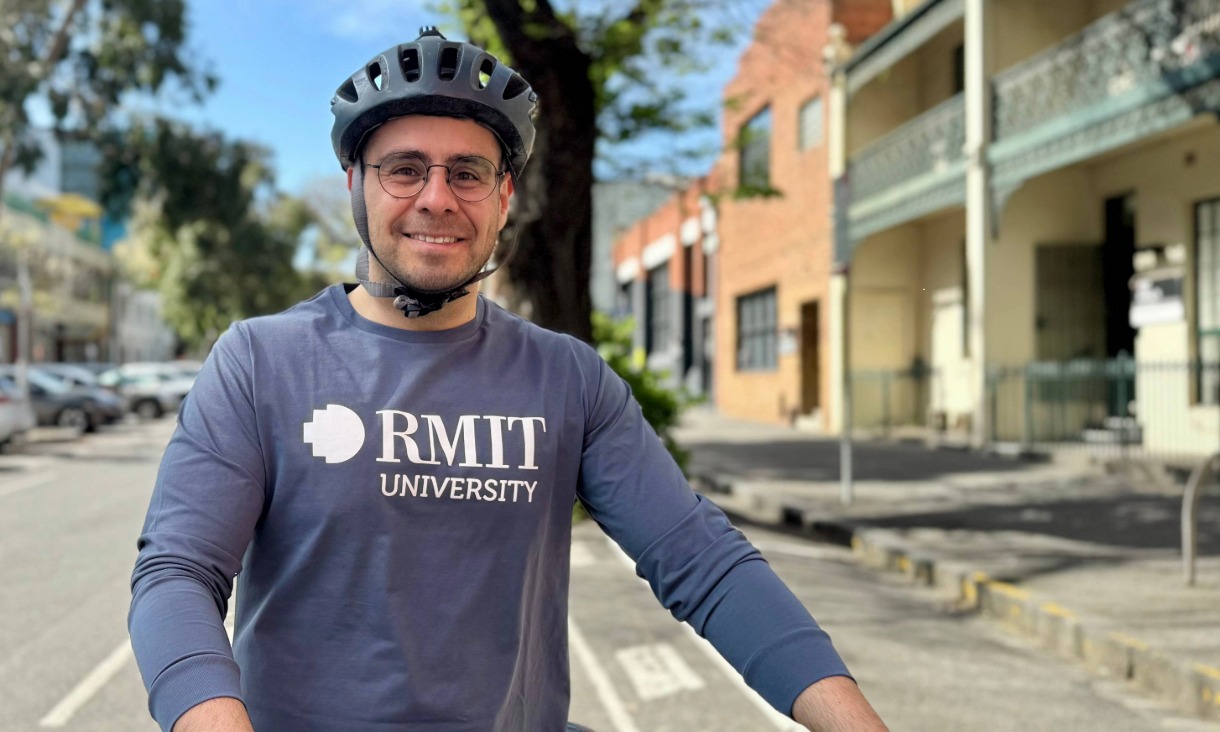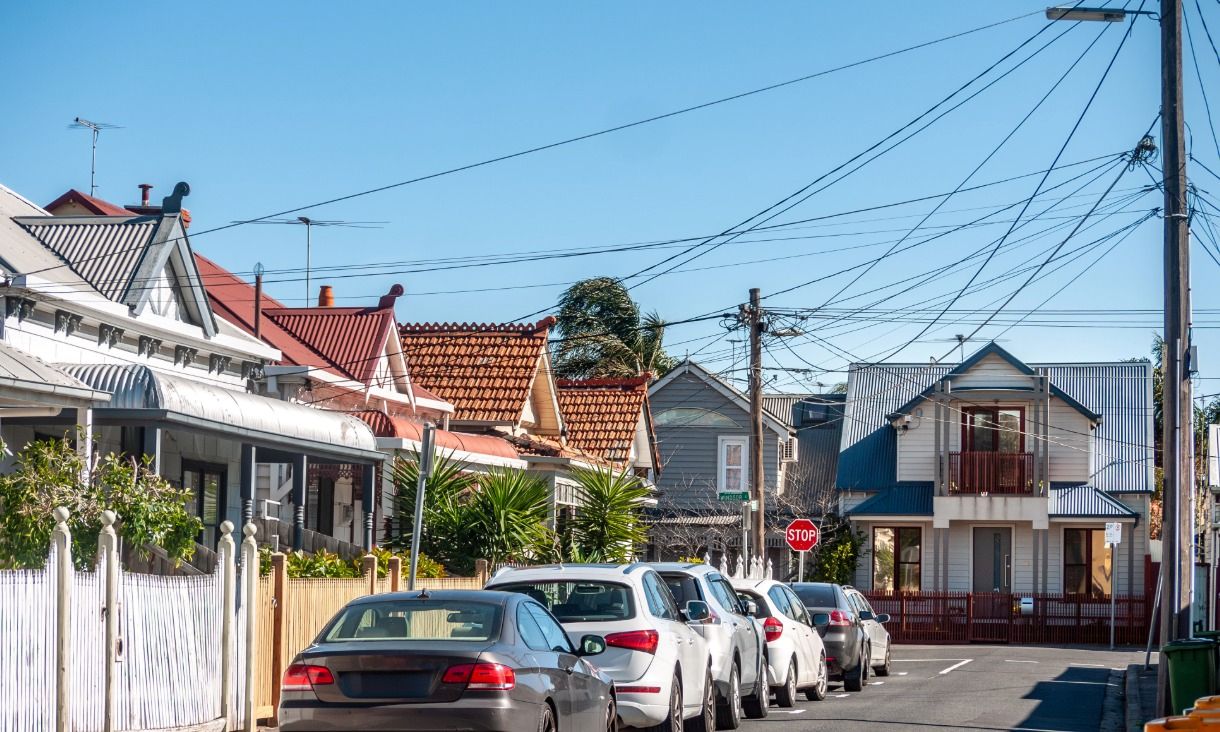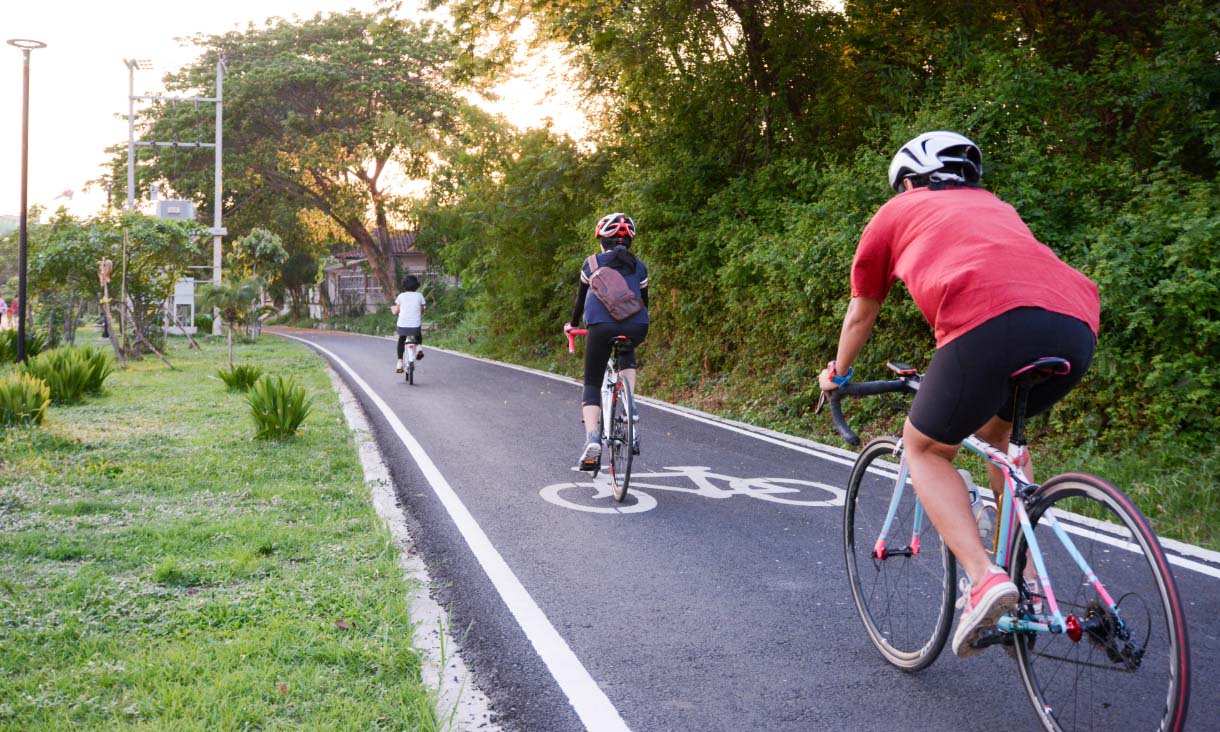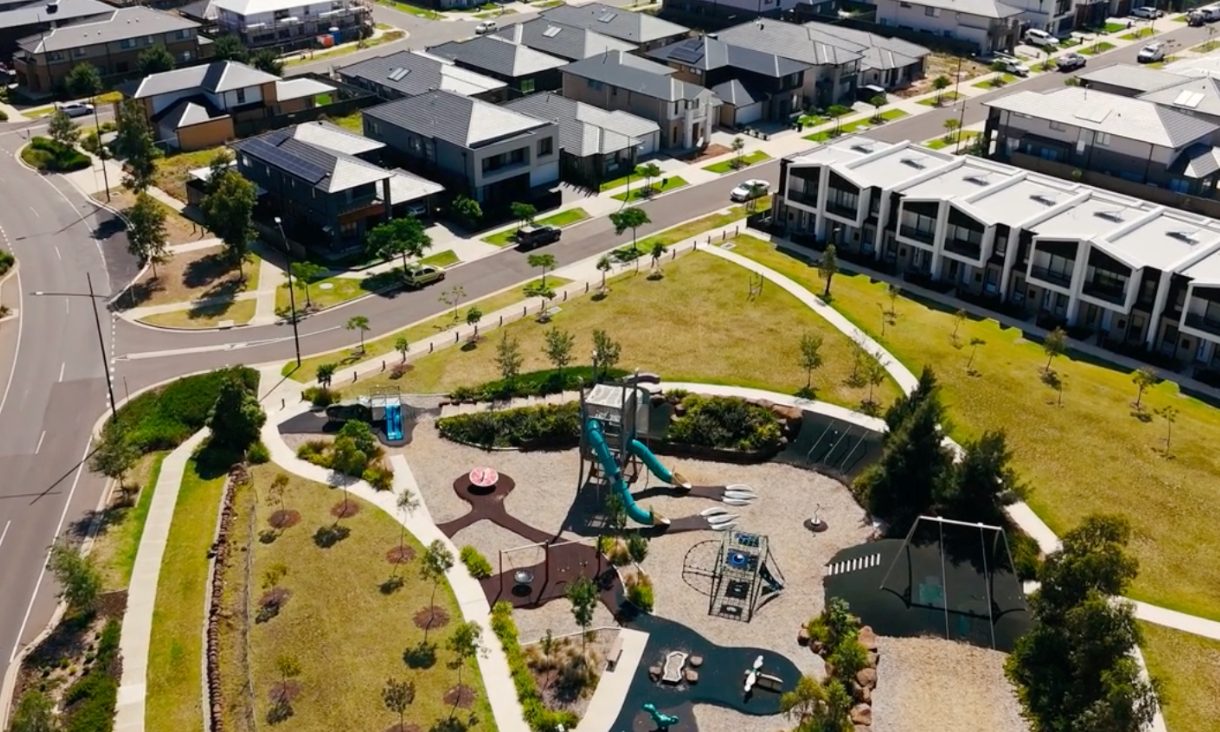Katherine Berthon has spent so much time observing bees for her PhD research that she can describe their personalities, preferences and favourite foods like those of old friends.
But her reason for joining RMIT’s ICON Science research group – to inform design guidelines for greater biodiversity in urban spaces – is a serious one and it’s taken her from Melbourne to Munich in search of the tiniest clues.
So far, Berthon’s research has included a year-long observation of bees in garden beds around central Melbourne, a stint monitoring plants across Munich to measure variability in ecological restoration and even barcoding pollen DNA so that, as she describes it, “we can see what insects prefer by looking at their plates after being to the buffet”.
Here, she talks to RMIT News about her research and how it was a different yellow-and-black-striped animal that first drew her into conservation.
Why bees? What drew you to this area of research?
I come from a long line of amazing gardeners and have always loved the environment. I was privileged to grow up in the country, mostly playing outside and learning from nature.
As I matured, compassion for nature led to my wanting to conserve the natural world and its amazing animals, particularly tigers, so I started a degree in conservation biology.
As I learned more about the pressures on biodiversity, I realised that protecting habitat was crucial to promoting species survival, and no process is more threatening than city expansion.
My relationship to bees began as a practicality – bees represent a win–win for increasing nature in cities and providing pleasant amenity to people through more flowers.
As I spent time observing bees to seek out their preferences I became enamoured with their personalities and habits: the honeybee that flies like a drunkard landing clumsily on flowers; small zippy solitary bees that are easily spooked but will peer at you from behind flowers with white faces, and crawl determinedly down tubular flowers that they weren’t supposed to be able to reach with their short tongues; and bumblebees that fly like blimps in high wind; or sleepy male bees covered in pollen blankets in flowers, that flick their leg lazily at your when you prod them like it’s too difficult to wake up yet.
How do you explain the importance of biodiversity and conserving insects and animals as part of climate action more broadly?
Preserving natural habitat has the double benefit of preserving biodiversity and abating climate change. We know that nature-based solutions can help mitigate the impacts of climate change but there are also mechanisms for carbon storage that are disrupted when we remove nature, exacerbating the climate crisis.
As the American biologist Edward O. Wilson said, insects are “the little things that make the world go round”.
They are the little invisible doers that regulate our ecosystems, turn over soil, disperse seeds, pollinate crops and many, many other services that enable resilient and functioning ecosystems that we rely on, but which are often unappreciated.
Many species of birds, lizards and mammals rely on insects as food and these animals wouldn’t be there without insects, either.
